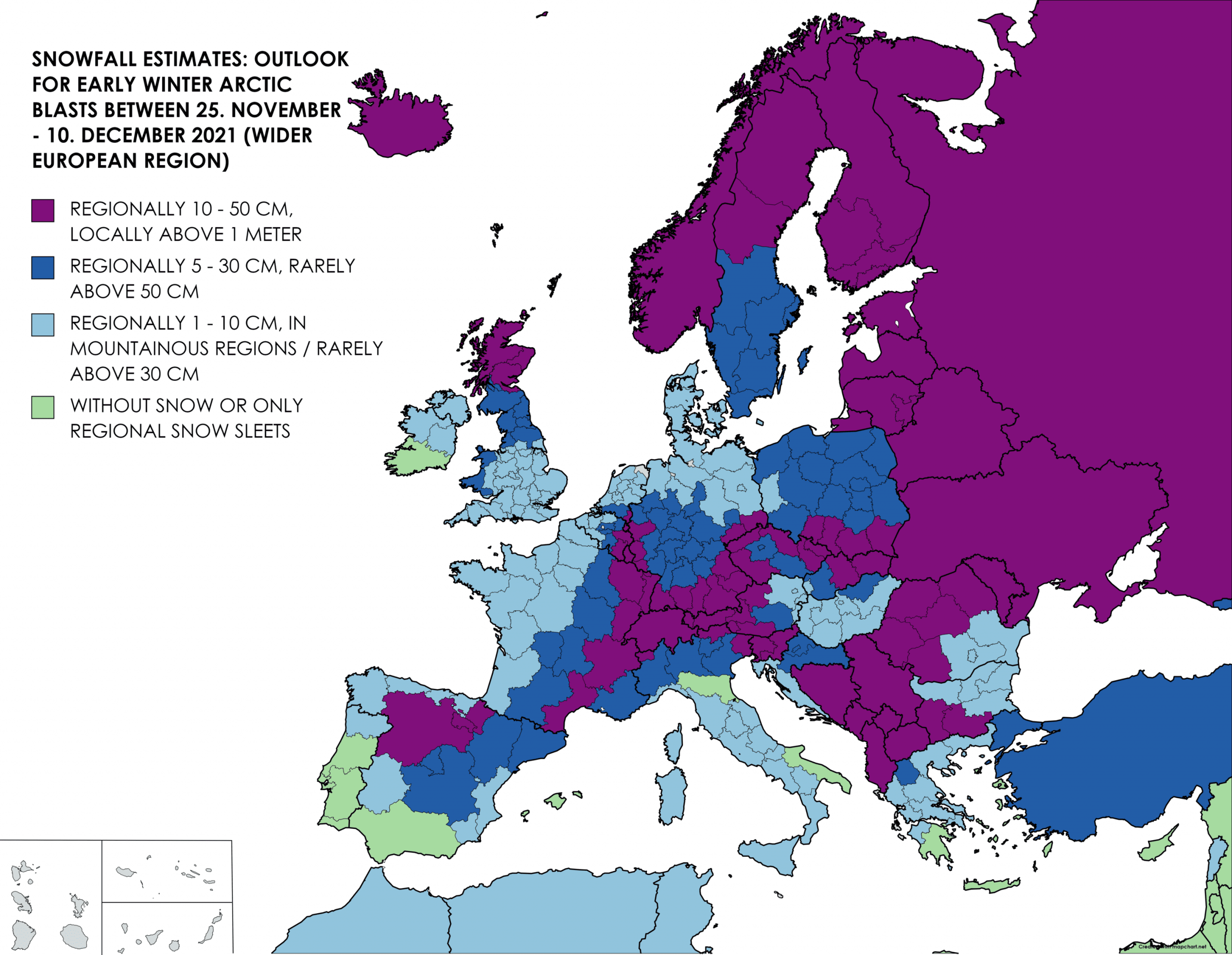Significant Snowfall Across Europe: Trends in 2023

Importance of Snowfall in Europe
As winter approaches in Europe, snowfall plays a critical role in not only shaping the continent’s climate and ecosystem but also significantly impacts tourism and winter sports industries. Recent weather reports indicate a notable increase in snowfall across various regions in Europe this year, making it a pertinent topic of discussion among meteorologists, local businesses, and tourists alike.
Current Snowfall Trends
Data from the European Centre for Medium-Range Weather Forecasts shows that snowfall levels in several Alpine countries, including Switzerland, Austria, and France, have surpassed average seasonal snowfall, with some regions reporting increases of up to 30% compared to the same period last year. A recent snowfall event in early October blanketed parts of the Dolomites, with over half a metre of fresh snow, much earlier than typical seasonal patterns.
This surge in snowfall is attributed to a combination of climatic factors, including a notable shift in jet stream patterns and cooler temperatures resulting from Arctic air masses pushing southward. Meteorologists suggest that while such early snow can boost the ski season in the short term, it may also come with unpredictable risks related to climate change.
Impact on Tourism and Local Economies
Tourism operators are hopeful that the increase in snowfall will lead to an influx of visitors to ski resorts, which had been adversely affected by milder winters in previous years. Many resorts are reporting higher advance bookings and optimistic forecasts for the upcoming ski season. For example, the French resort of Chamonix reported a record number of early bookings, citing that 80% of its lodgings were already filled for the holiday season as of late November.
However, businesses are also cautious. Regions that rely heavily on winter tourism can be significantly impacted by a fluctuating climate. Warmer winters in the past years have encouraged some resorts to adapt by investing in artificial snowmaking equipment, but the financial strain of such adaptations remains a concern.
Future Perspectives
Looking forward, the European weather agency warns that while this year may see beneficial snowfall for regions dependent on winter sports, longer-term forecasts suggest a trend towards more erratic weather patterns that pose challenges for planning and sustainability. Experts underline the importance of climate resilience strategies for businesses and local governments dependent on seasonal snowfall.
Conclusion
As Europe experiences notable snowfall in the current season, its implications for local economies, tourism, and ecological balance remain significant. Travellers and businesses alike will need to navigate the complexities of an evolving winter landscape shaped by climate shifts. Continuous monitoring of weather patterns and adaptive measures will be crucial for maximizing benefits while mitigating potential risks associated with winter snowfall in the future.
